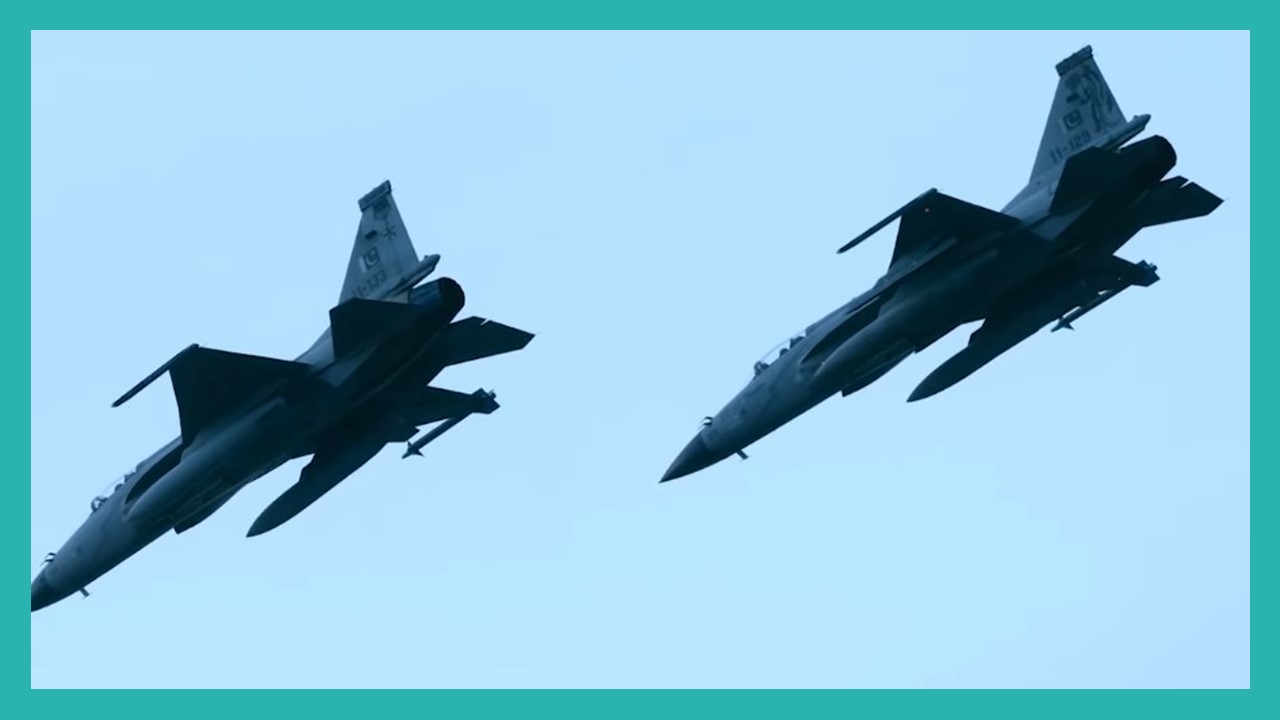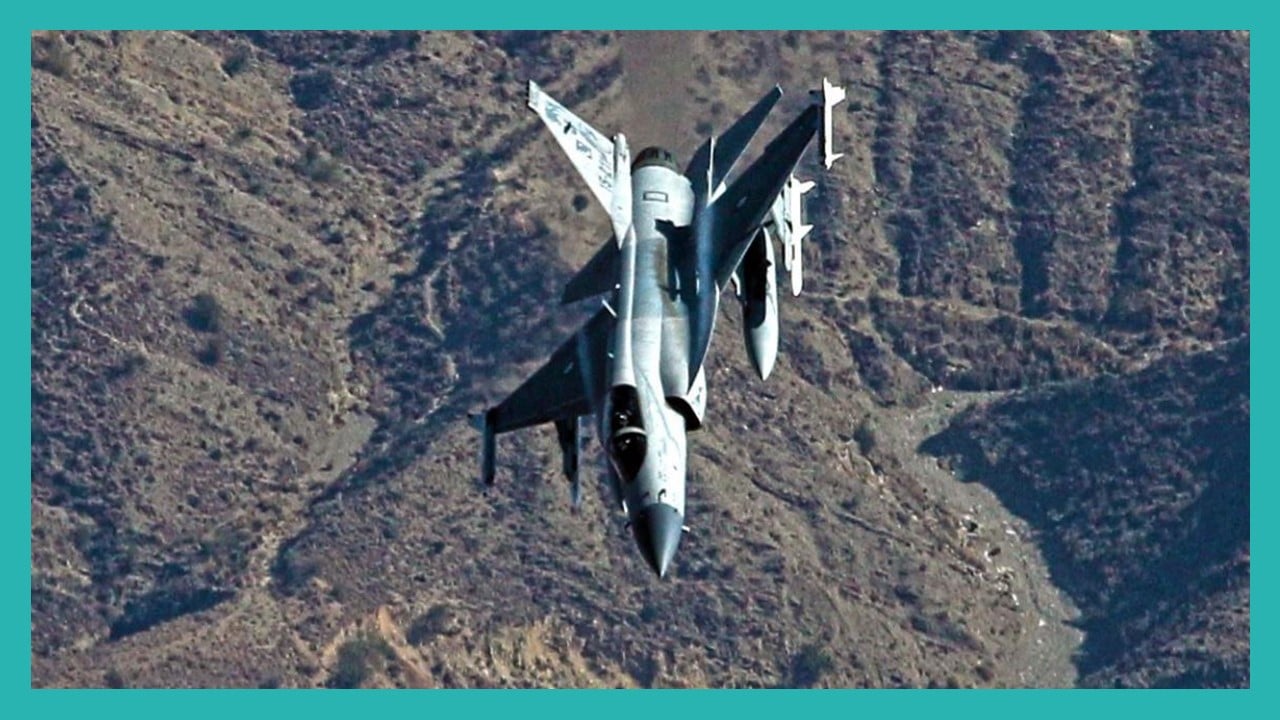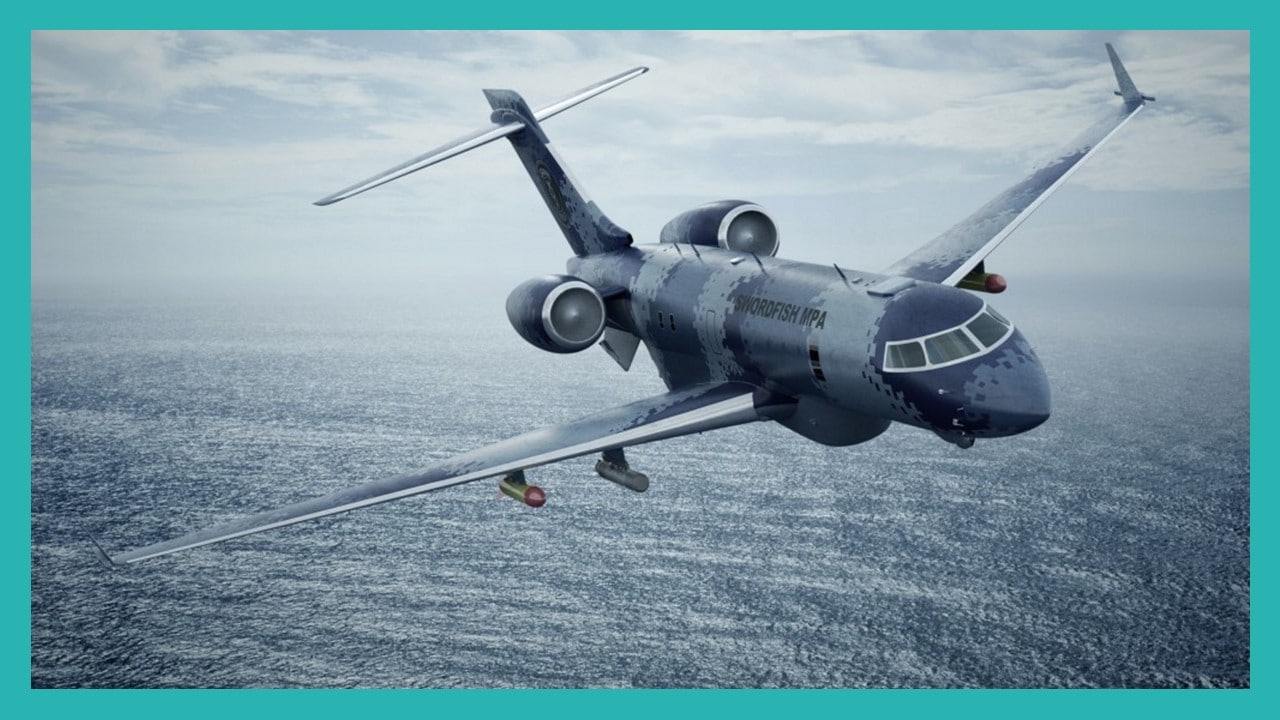Part 2 of ‘Pakistan’s 2030 Air Warfare Goals’ series argues that the Pakistan Air Force (PAF) should modernize (or expand) its fighter fleet with solely the JF-17. Procuring an off-the-shelf fighter may offer marginal benefits relative to the risk of tying up…
Though a limited-scale conflict, Operation Swift Retort has given the Pakistan Air Force (PAF) a template of how to modernize itself through the 2020s – and the potential risks it must address.
Tanks play an important role in war. The Pakistan Armed Forces has deficiency in tank numbers and is attempting to find ways to mitigate this deficiency. Among the solutions is to increase local production and up-gradation of tanks.
According to Germany’s Federal Ministry for Economic Affairs and Energy’s 2018 Military Equipment Export Report, Berlin approved €174.4 million ($194.35 million US) in arms sales to Pakistan.
The Directorate of Procurement (Air) of the Pakistan Air Force (PAF) issued a public tender for the “procurement of radomes for TPS-77 MRR and YLC-18-18A radars.”
With the US unwilling to subsidize Pakistan’s AH-1Z order or approve Turkey’s re-export licenses for the T129, the Pakistan Army may look at China’s Z-10ME as an alternative.
In January 2020, the Pakistan Navy (PN) released a tender for one twin-engine jet-powered aircraft intended for conversion into a long-range maritime patrol aircraft (LRMPA).
Pakistan is working to quadruple the size of its submarine fleet, while India is now aggressively working to build an extensive anti-submarine warfare (ASW) capability. Can Pakistan overcome India’s efforts and, in turn, maintain a high-threat sub-surface posture?
On 14 February, the governments of Turkey and Pakistan signed 13 new agreements, a number of which were aimed at strengthening bilateral defence, research and development, and industrial ties.
The Pakistan Air Force (PAF) selected the NRIET KLJ-7A active electronically scanned array (AESA) radar for its forthcoming multi-role combat aircraft, the JF-17 Block-III.










